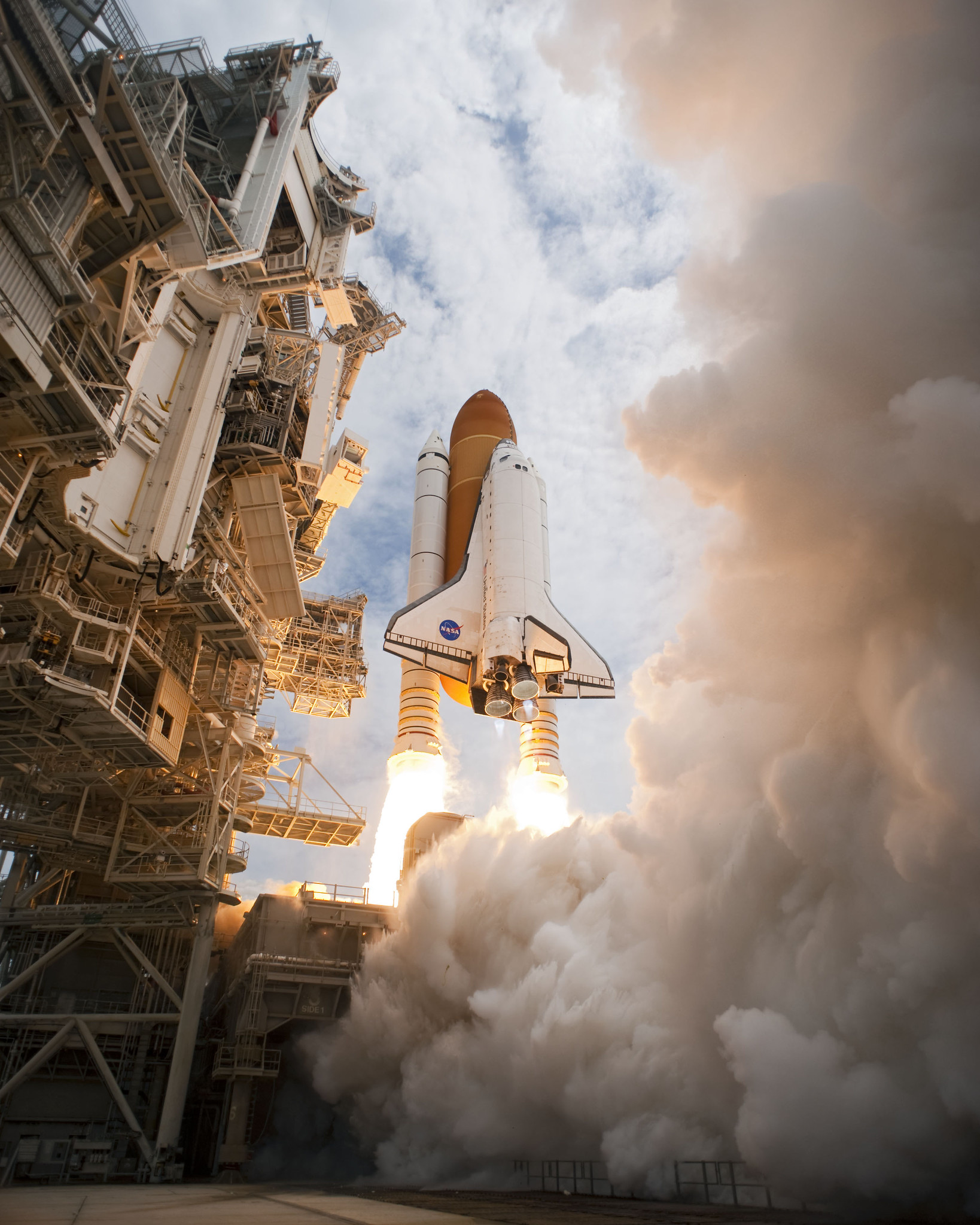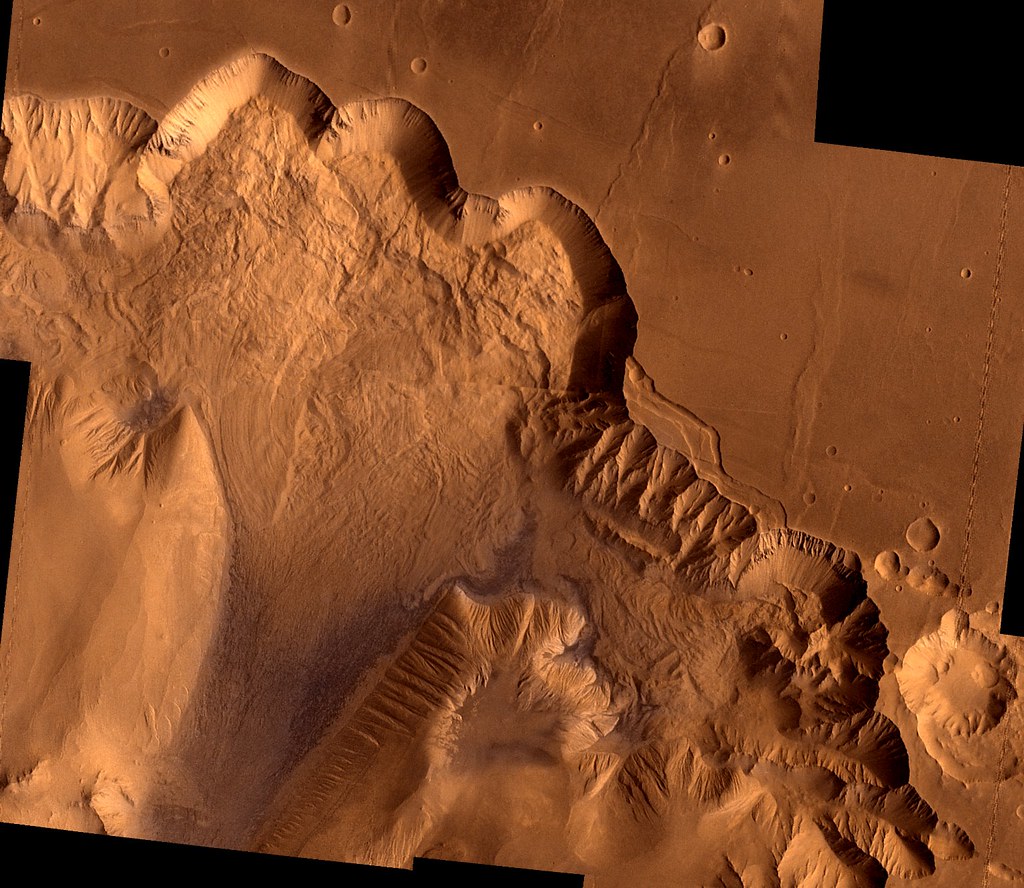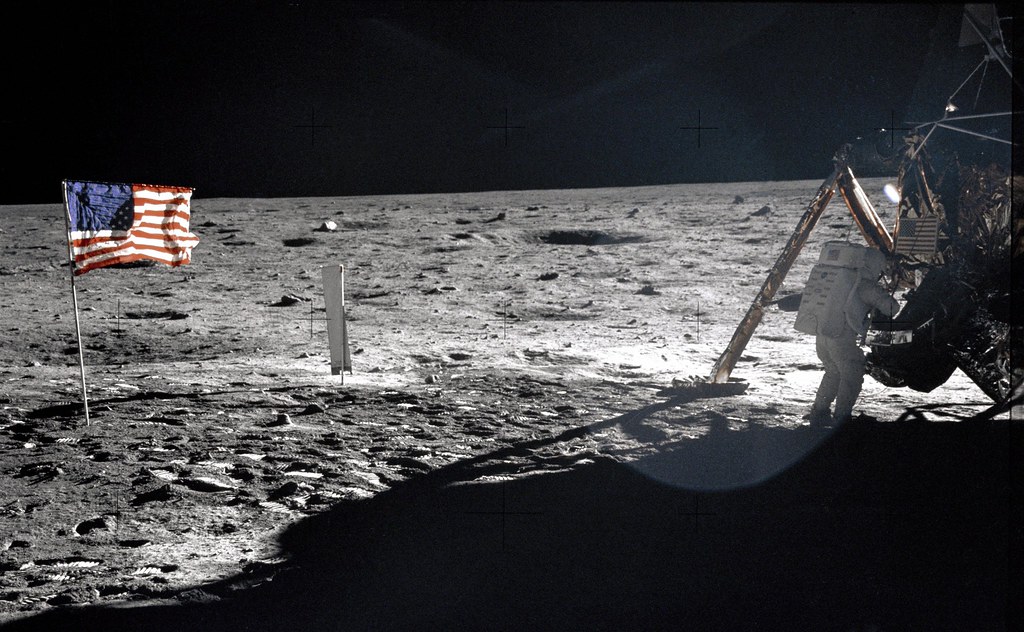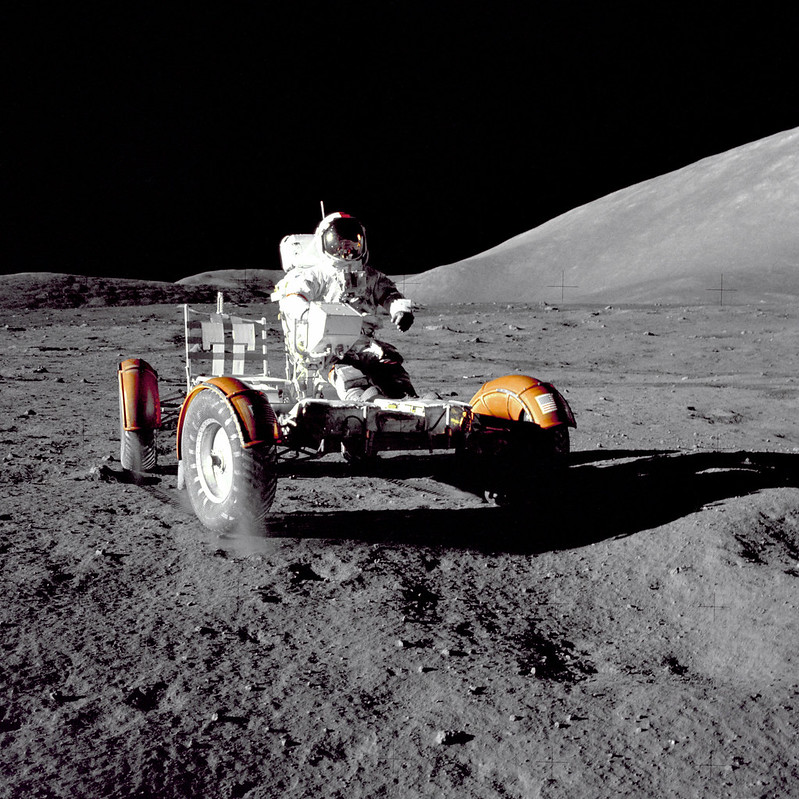
Gene Cernan, the last man to walk on the moon during the Apollo Program, died today. He was 82.
“Eugene A. Cernan, Commander, Apollo 17 salutes the flag on the lunar surface during extravehicular activity (EVA) on NASA’s final lunar landing mission. The Lunar Module “Challenger” is in the left background behind the flag and the Lunar Roving Vehicle (LRV) also in background behind him. While astronauts Cernan and Schmitt descended in the Challenger to explore the Taurus-Littrow region of the Moon, astronaut Ronald E. Evans, Command Module pilot, remained with the Command/Service Module (CSM) “America” in lunar-orbit.”
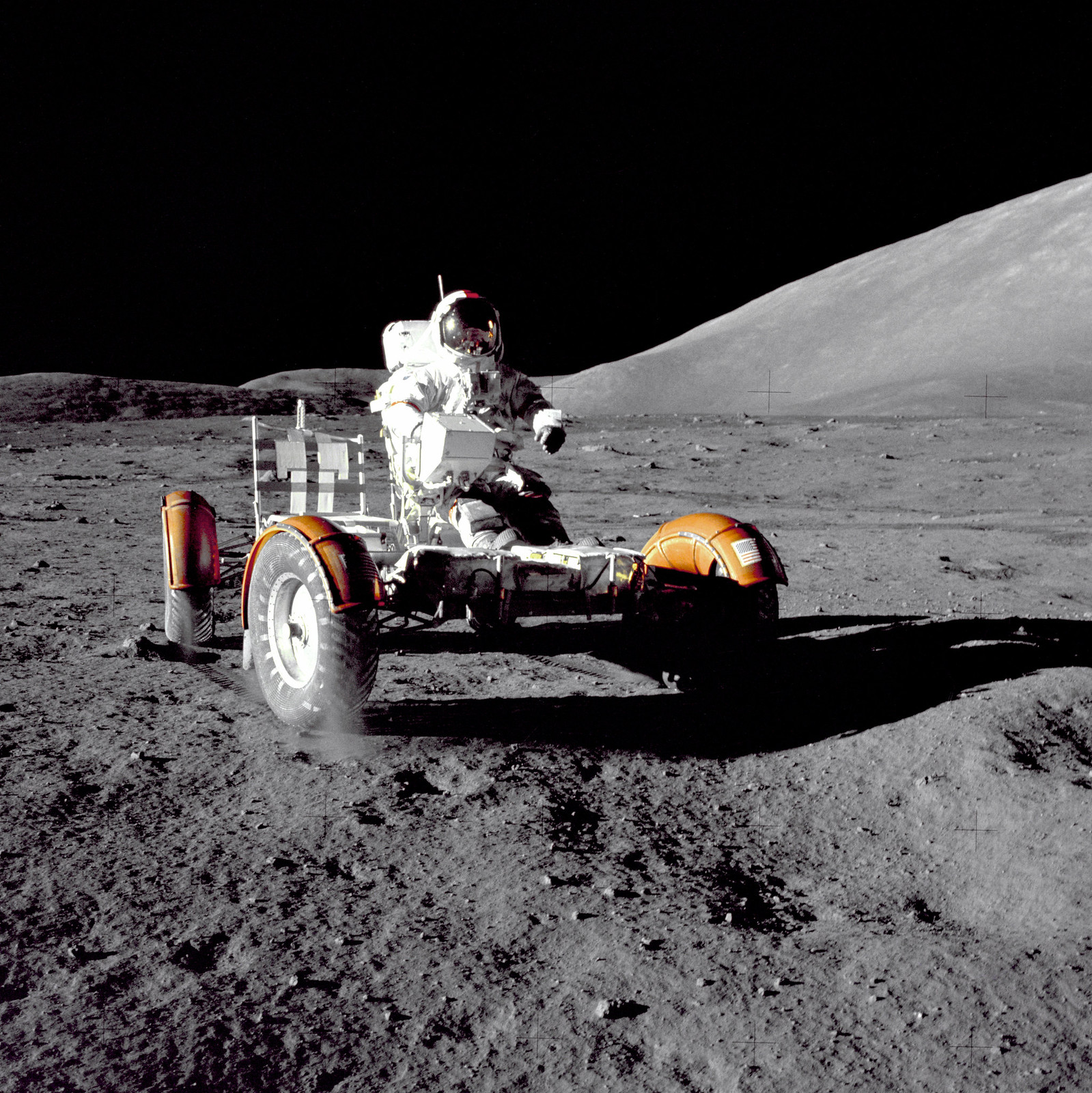
“Astronaut Eugene A. Cernan, Apollo 17 mission commander, makes a short checkout of the Lunar Roving Vehicle during the early part of the first Apollo 17 extravehicular activity (EVA-1) at the Taurus-Littrow landing site. This view of the “stripped down” Rover is prior to loadup. This photograph was taken by Geologist-Astronaut Harrison H. Schmitt, Lunar Module pilot. The mountain in the right background is the East end of South Massif.”
